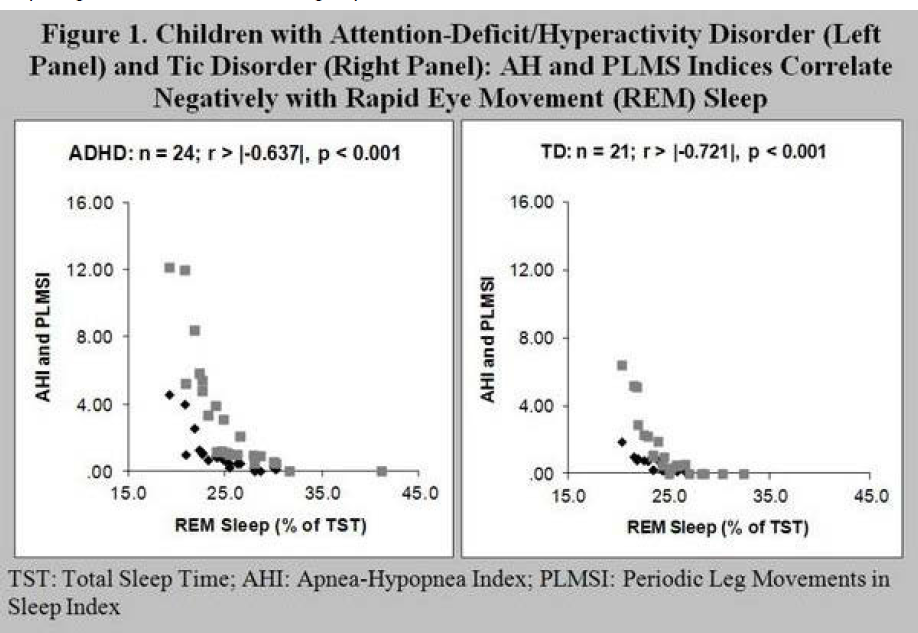54 results
Radiofrequency ice dielectric measurements at Summit Station, Greenland
-
- Journal:
- Journal of Glaciology , First View
- Published online by Cambridge University Press:
- 09 October 2023, pp. 1-12
-
- Article
-
- You have access
- Open access
- HTML
- Export citation
Recurrent multi-cameral cardiac myxomas in a child with Carney complex
-
- Journal:
- Cardiology in the Young / Volume 33 / Issue 11 / November 2023
- Published online by Cambridge University Press:
- 05 January 2023, pp. 2164-2170
-
- Article
- Export citation
Antarctic ice sheet response to sudden and sustained ice-shelf collapse (ABUMIP)
-
- Journal:
- Journal of Glaciology / Volume 66 / Issue 260 / December 2020
- Published online by Cambridge University Press:
- 14 September 2020, pp. 891-904
-
- Article
-
- You have access
- Open access
- HTML
- Export citation
S25.03 - Does alexithymia predict non-response to psychotherapy?
-
- Journal:
- European Psychiatry / Volume 23 / Issue S2 / April 2008
- Published online by Cambridge University Press:
- 16 April 2020, pp. S38-S39
-
- Article
-
- You have access
- Export citation
Changes in quality of life following cognitive-behavioral group therapy for panic disorder
-
- Journal:
- European Psychiatry / Volume 25 / Issue 1 / January 2010
- Published online by Cambridge University Press:
- 16 April 2020, pp. 8-14
-
- Article
- Export citation
Two faces of rem sleep in normal and psychopathological development
-
- Journal:
- European Psychiatry / Volume 26 / Issue S2 / March 2011
- Published online by Cambridge University Press:
- 16 April 2020, pp. 422-423
-
- Article
-
- You have access
- Export citation
922 – Increased Frequency Of Sdb And Plms Is Associated With Lower Rem-sleep Amount In Common Child Psychopathology And Normally Developing Children
-
- Journal:
- European Psychiatry / Volume 28 / Issue S1 / 2013
- Published online by Cambridge University Press:
- 15 April 2020, 28-E365
-
- Article
-
- You have access
- Export citation
The impact of an electronic medical record nudge on reducing testing for hospital-onset Clostridioides difficile infection
-
- Journal:
- Infection Control & Hospital Epidemiology / Volume 41 / Issue 4 / April 2020
- Published online by Cambridge University Press:
- 10 February 2020, pp. 411-417
- Print publication:
- April 2020
-
- Article
- Export citation
P.048 Characterization of somatic mutations in mTOR pathway genes in focal cortical dysplasias
-
- Journal:
- Canadian Journal of Neurological Sciences / Volume 46 / Issue s1 / June 2019
- Published online by Cambridge University Press:
- 05 June 2019, pp. S26-S27
-
- Article
-
- You have access
- Export citation
Clinical Risk Score for Prediction of Extended-Spectrum β-Lactamase–Producing Enterobacteriaceae in Bloodstream Isolates
-
- Journal:
- Infection Control & Hospital Epidemiology / Volume 38 / Issue 3 / March 2017
- Published online by Cambridge University Press:
- 19 December 2016, pp. 266-272
- Print publication:
- March 2017
-
- Article
- Export citation
Triadic resonances in precessing rapidly rotating cylinder flows
-
- Journal:
- Journal of Fluid Mechanics / Volume 778 / 10 September 2015
- Published online by Cambridge University Press:
- 30 July 2015, R1
-
- Article
- Export citation
Theta Burst Stimulation in the Treatment of Incapacitating Tinnitus Accompanied by Severe Depression
-
- Journal:
- CNS Spectrums / Volume 14 / Issue 4 / April 2009
- Published online by Cambridge University Press:
- 07 November 2014, pp. 208-213
-
- Article
- Export citation
Prevalence and Risk Factors Associated with Vancomycin-Resistant Staphylococcus aureus Precursor Organism Colonization among Patients with Chronic Lower-Extremity Wounds in Southeastern Michigan
-
- Journal:
- Infection Control & Hospital Epidemiology / Volume 34 / Issue 9 / September 2013
- Published online by Cambridge University Press:
- 02 January 2015, pp. 954-960
- Print publication:
- September 2013
-
- Article
- Export citation
Contributors
-
-
- Book:
- Scanning Electron Microscopy for the Life Sciences
- Published online:
- 05 January 2013
- Print publication:
- 06 December 2012, pp ix-xii
-
- Chapter
- Export citation
Familiality of neural preparation and response control in childhood attention deficit-hyperactivity disorder
-
- Journal:
- Psychological Medicine / Volume 43 / Issue 9 / September 2013
- Published online by Cambridge University Press:
- 03 December 2012, pp. 1997-2011
-
- Article
- Export citation
Contributors
-
-
- Book:
- The Toxicology of Carbon Nanotubes
- Published online:
- 05 July 2012
- Print publication:
- 21 June 2012, pp x-xiv
-
- Chapter
- Export citation
Nanoparticle Labels for Co-localization and Correlative Imaging at High Spatial Resolution
-
- Journal:
- Microscopy and Microanalysis / Volume 17 / Issue S2 / July 2011
- Published online by Cambridge University Press:
- 08 April 2017, pp. 358-359
- Print publication:
- July 2011
-
- Article
-
- You have access
- Export citation
Steady vortex dipoles with general profile functions
-
- Journal:
- Journal of Fluid Mechanics / Volume 670 / 10 March 2011
- Published online by Cambridge University Press:
- 07 February 2011, pp. 85-95
-
- Article
- Export citation
Contributors
-
-
- Book:
- The Cambridge Dictionary of Christianity
- Published online:
- 05 August 2012
- Print publication:
- 20 September 2010, pp xi-xliv
-
- Chapter
- Export citation
The relationship between ADHD and key cognitive phenotypes is not mediated by shared familial effects with IQ
-
- Journal:
- Psychological Medicine / Volume 41 / Issue 4 / April 2011
- Published online by Cambridge University Press:
- 04 June 2010, pp. 861-871
-
- Article
- Export citation






